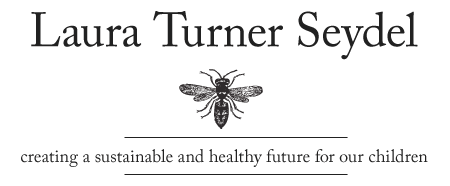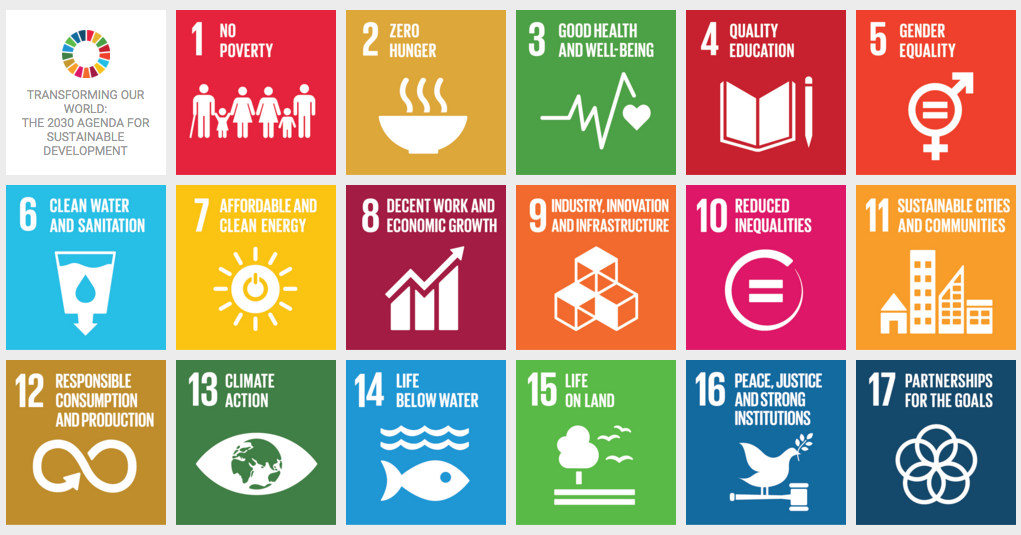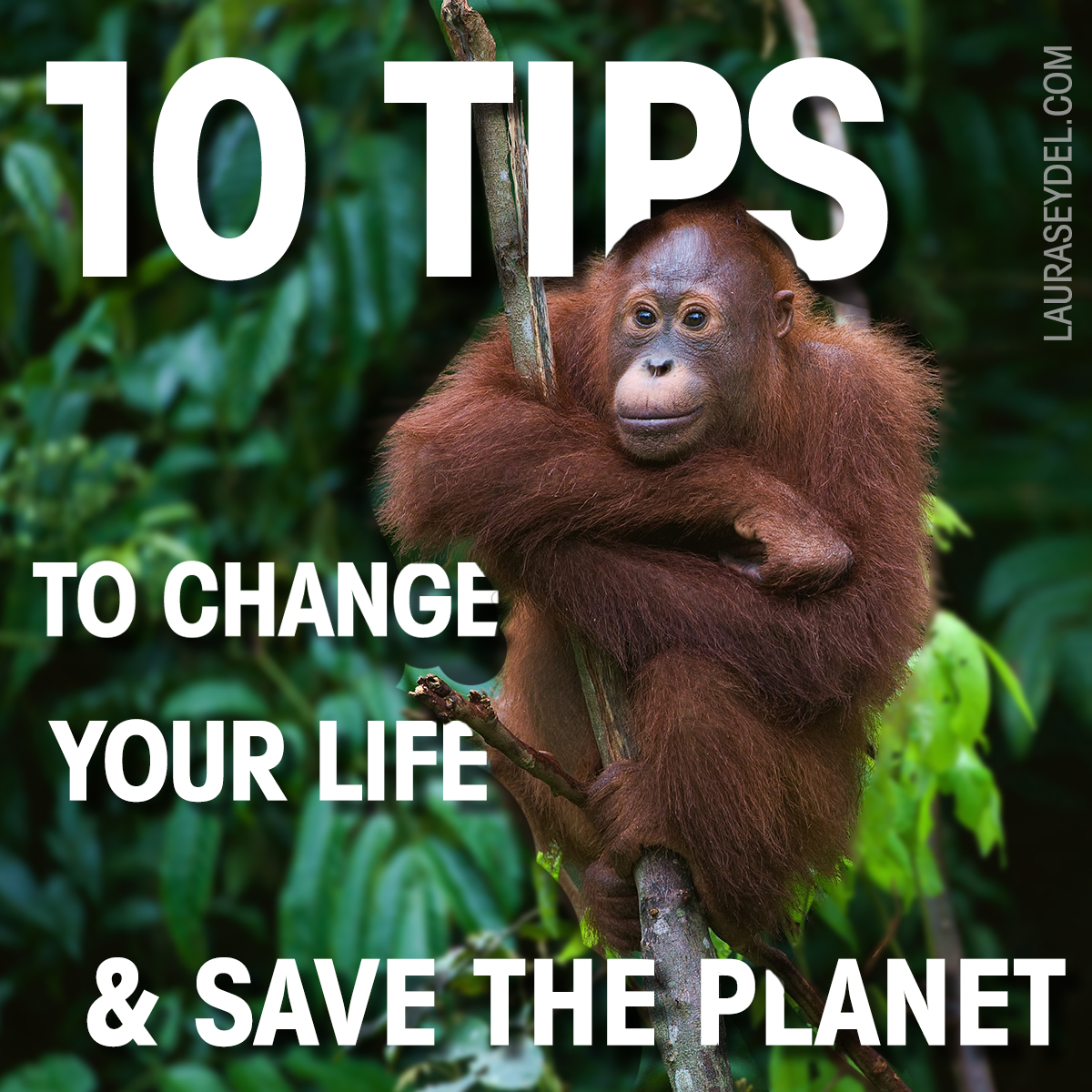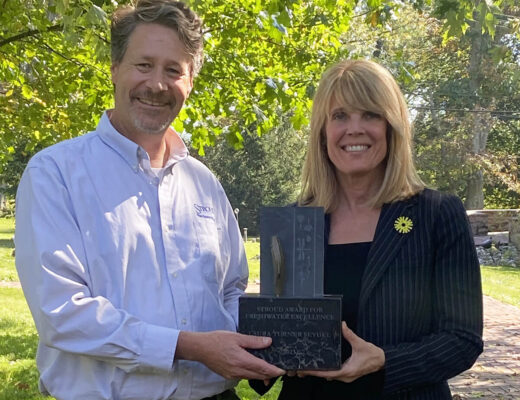You don’t have to be a scientist to notice the weather is getting weirder and more extreme each year. Normal summer thunderstorms are more frequently turning into major flooding events, and this summer they caused landslides across the Appalachian Mountains. In August, extreme heat waves caused school start dates to be delayed in the Northeast while wildfires raged across the West. From water shortages caused by severe droughts to massive hurricanes, what were once rare occurrences of extreme weather when I was a girl have become the new normal for our children. With each of these disasters lives are lost, families are displaced, and a generation of children is traumatized.

The choices we make today determine the type of world our children and grandchildren will live in. Will it be one where the new normal is one extreme weather event after another?
Many are asking if these events are all really linked to climate change. There is no shortage of scientific reports on climate change, its causes and the consequences of not acting quickly to address it. However, a report released in October is shocking even to those of us who have been working on this issue for decades.
The Intergovernmental Panel on Climate Change (IPCC) has found that not only are we already seeing the impact of 1°C of global warming, but we are approaching the tipping point MUCH faster than predicted. We are running out of time. Within 12 years, we could reach a point we may not be able to come back from.
For a bit of background, the IPCC was created in 1988 by the World Meteorological Organization (WMO) and United Nations Environment Programme (UNEP) to provide policymakers around the world with regular assessments of the scientific basis of climate change, its impacts and future risks, and options for adaptation and mitigation. This most recent report has 91 authors and review editors from 40 countries.
The report wasn’t all bad news. It found we know what needs to be done to solve the problem of climate change and the solutions already exist; they are even underway in many parts of the world. The catch is we need to accelerate the solutions exponentially.
The evidence is clear. The choices we make today determine the type of world our children and grandchildren will live in. Will it be one where the new normal is one extreme weather event after another?
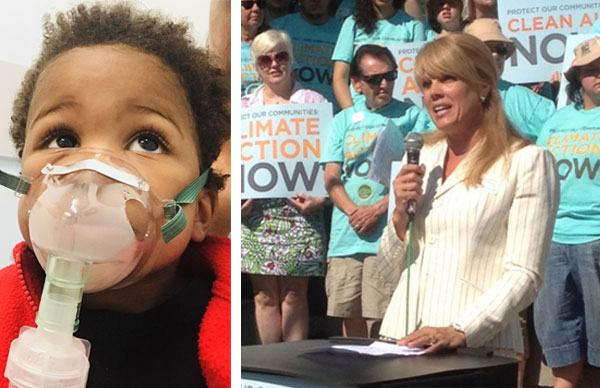
Left: Air pollutants can cause permanent damage to developing lungs in children. Right: Laura Turner Seydel at a Clean Power Now rally.
So, the question is, what can we do? It sounds simple, but trees are a big solution, because they are the original air and water filters. The more trees there are, the cleaner our air and water will be. Ending deforestation, preserving natural spaces and planting trees all help to naturally remove the air pollution that contributes to climate change. This protects public health by improving air quality and increasing quality of life, especially for those suffering from asthma, COPD or other respiratory diseases.
Other actions we can take include eating a more plant rich diet which is healthier for us and the planet. Raising animals for human consumption is currently responsible for more than a quarter of all greenhouse gas emissions, and therefore a major driver of climate change. We must all reduce our use of fossil fuels. As for large-scale action from government, we must switch to clean energy, sustainable agriculture and programs to support electric vehicle transportation like tax credits for EV cars and trucks and the switch to electric buses for public transportation.
Across America, many local governments are moving forward with solutions, adaptation and mitigation measures in the absence of federal action. But there is much work to be done if we are to avoid global temperature increases that take us to the point of no return.
I was honored to attend the Global Climate Action Summit, where thousands of business leaders, scientists and innovators from around the world came together to share solutions and chart a path forward as one global community. I was thrilled to see corporations and pension funds now shifting their investments. Trillions of dollars are being diverted from the fossil fuel industry and toward a clean energy economy. At the summit, 29 philanthropists pledged $4 billion over the next five years to combat climate change. It was the largest-ever philanthropic investment focused on climate change mitigation. After the summit, my commitment to climate action and my hope that we can solve this problem are both stronger than ever.
Climate change is killing people every day around the world through extreme weather events and famine. Our health, and ultimately the health of future generations, is at stake.

Rev. Dr. Gerald L. Durley, Gretchen Dahlkemper, Laura Turner Seydel, Lisa Rayner Catherall, Stephanie Blank and John R. Seydel at the Mothers and Others for Clean Air 15-year anniversary event.
Over 15 years ago Stephanie Blank and I co-founded Mothers and Others for Clean Air, a unique organization that brings together leading public health and child advocacy organizations. We work to advance public policy to improve air quality, because the same air pollution that is making people sick, especially our children, is also causing the climate to change.
Together, we have created no-idling zones at schools, helped to clean up dirty diesel school buses by making emission control devices possible, given countless testimonies at hearings to support clean air issues like the Clean Power Plan, and trained young pediatricians how to protect their patients from air pollution. We also advocate for strong public health protections by cleaning dirty emissions from coal-burning power plants, promoting clean energy production, and increasing energy-efficient measures and electric vehicle transportation.
We are partnering with Rev. Dr. Gerald Durley, a civil rights icon and fierce advocate for public health and action on climate change. He believes climate change is the civil and human rights issue of our time because it is affecting the most vulnerable in our world: children, the poor, minorities and the elderly. I agree. Breathing clean air is a right we must protect, and in doing so, we protect public health while stopping climate change. Will you join us?
